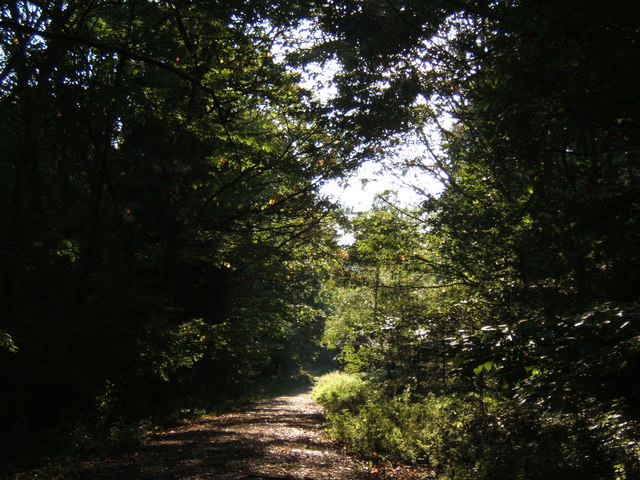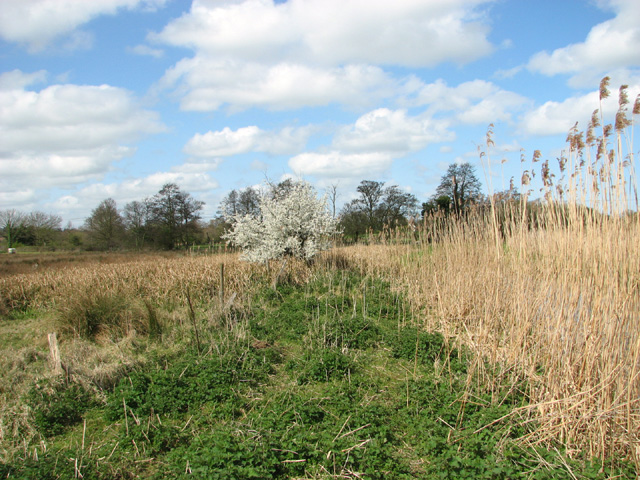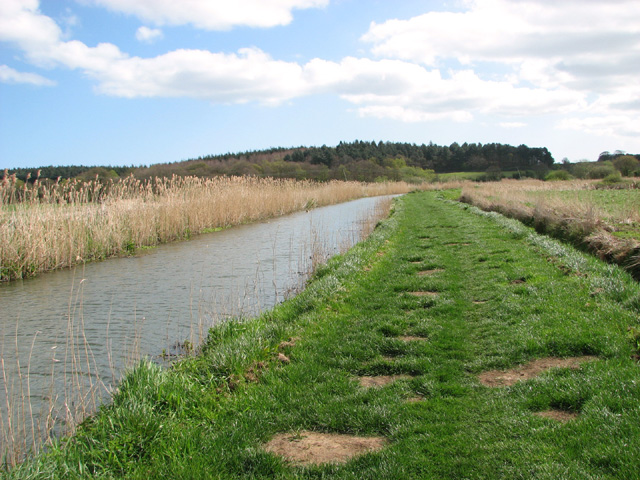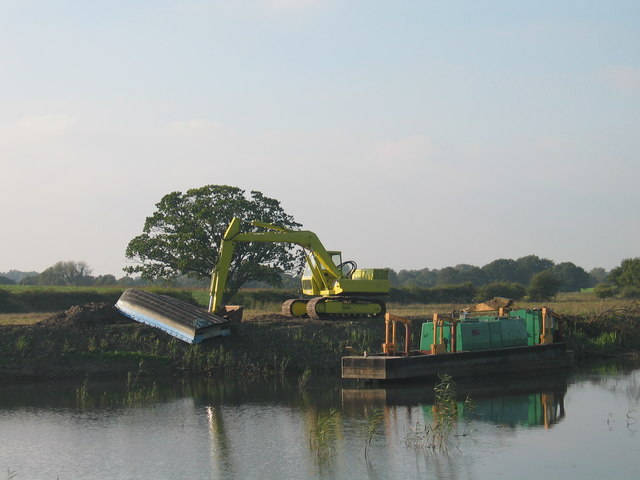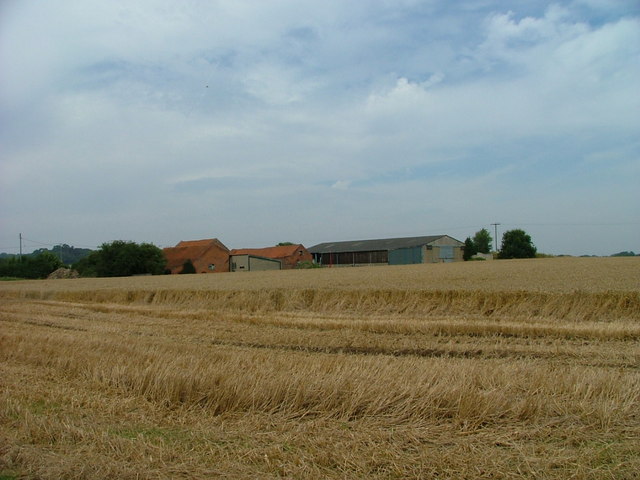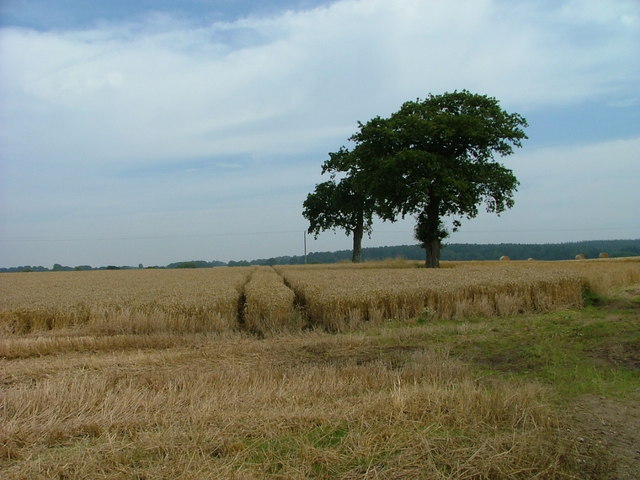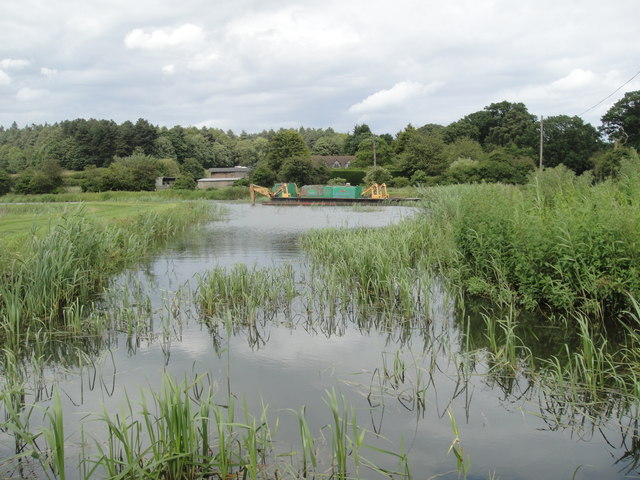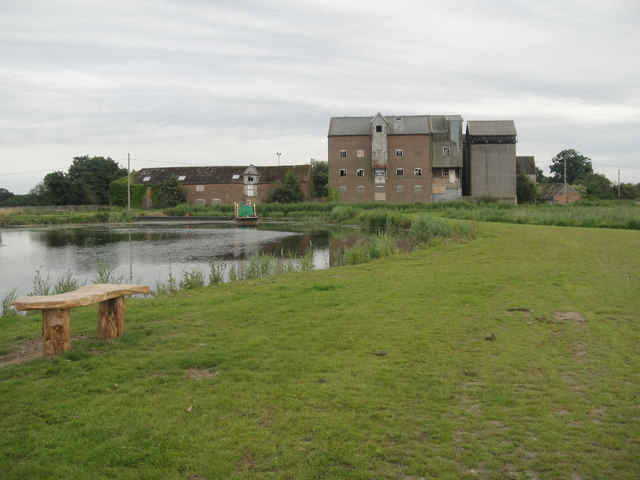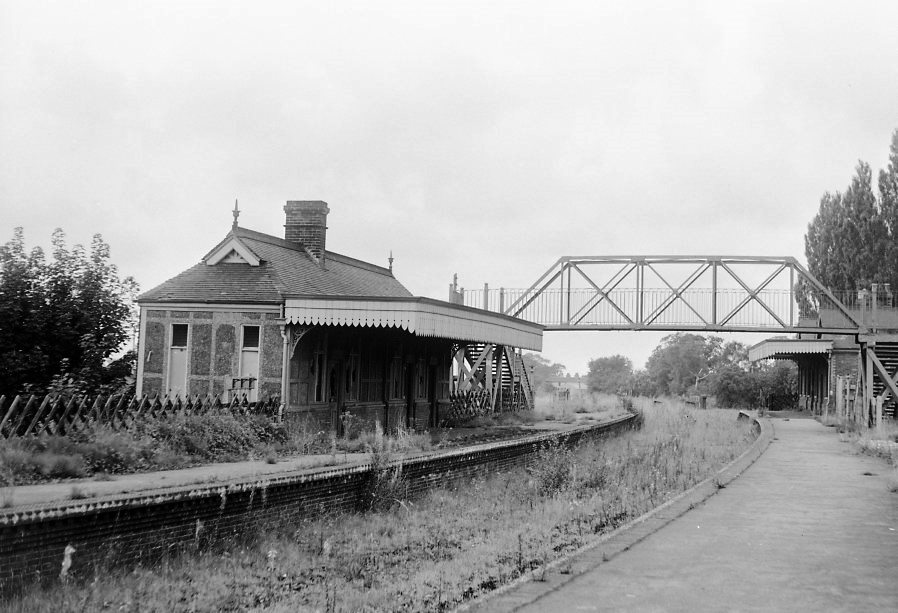Alder Carr
Wood, Forest in Norfolk North Norfolk
England
Alder Carr
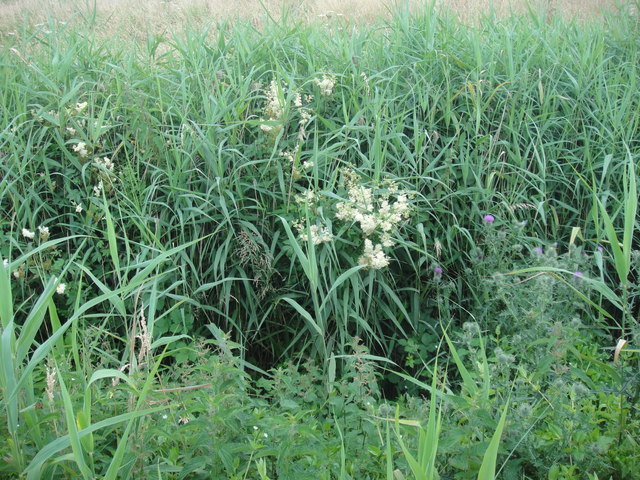
Alder Carr, located in Norfolk, England, is a stunning woodland area known for its dense growth of alder trees. Spanning across several hectares, this forested landscape offers a diverse and rich habitat for various plant and animal species. The area is characterized by its wetland environment, with numerous streams and ponds meandering through the woodlands.
The alder trees, for which the area is named, dominate the landscape and provide a unique ecosystem. These deciduous trees, with their distinctive dark bark and elliptical leaves, thrive in the damp and marshy conditions of Alder Carr. They create a dense canopy that filters sunlight, creating a cool and shaded environment beneath.
The forest floor of Alder Carr is covered with an array of vegetation, including ferns, mosses, and wildflowers. The moist conditions allow for the growth of vibrant and diverse plant life, providing a haven for a variety of wildlife. The woodland is home to numerous bird species, including warblers, woodpeckers, and owls, which find shelter and nesting sites within the dense foliage.
Alder Carr also supports a rich diversity of fauna. Mammals such as deer, foxes, and badgers can be spotted roaming the forest, while the waterways attract amphibians and reptiles like frogs, toads, and snakes. The forest's wetland environment provides an ideal habitat for a wide range of insects, butterflies, and dragonflies.
Alder Carr, with its lush greenery and tranquil atmosphere, offers visitors the opportunity to explore and immerse themselves in a natural oasis. Whether it be for leisurely walks, bird-watching, or simply enjoying the serenity of nature, Alder Carr is a haven for those seeking solace in the beauty of the Norfolk woodlands.
If you have any feedback on the listing, please let us know in the comments section below.
Alder Carr Images
Images are sourced within 2km of 52.826646/1.4079014 or Grid Reference TG2930. Thanks to Geograph Open Source API. All images are credited.
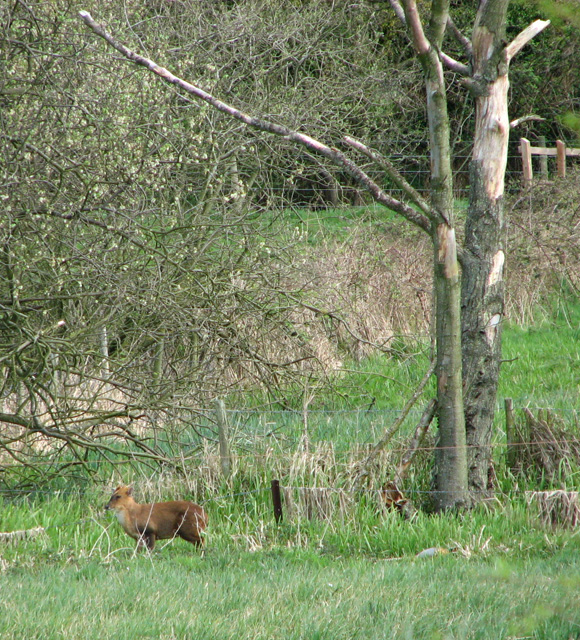
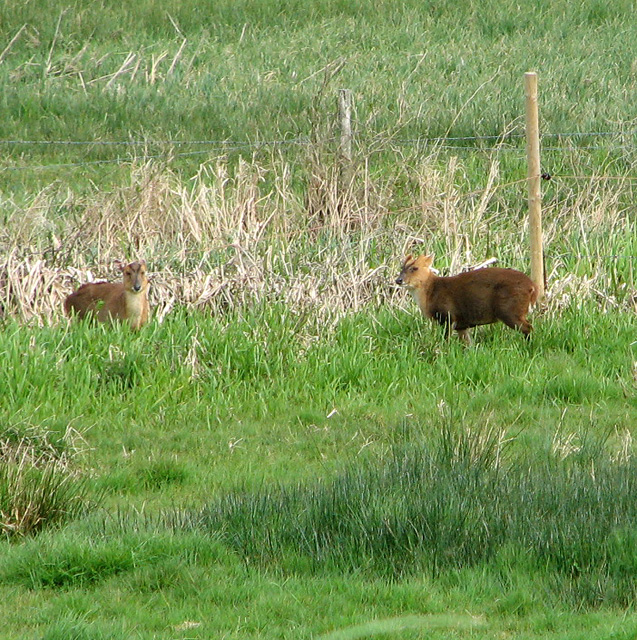
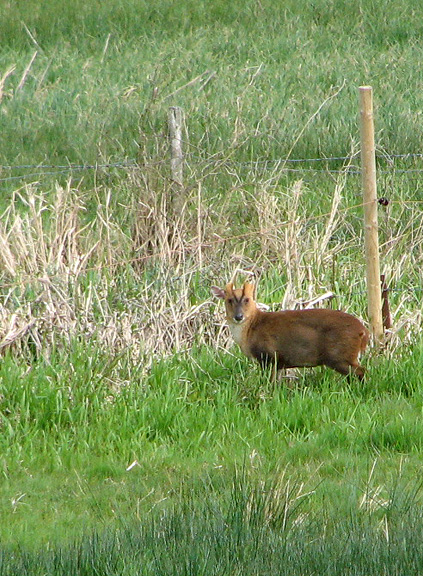
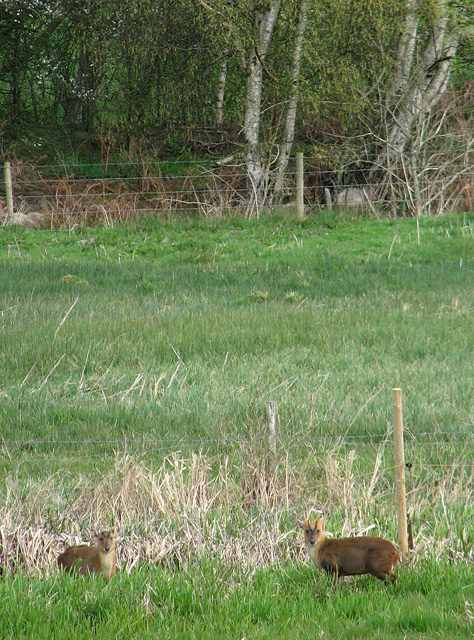
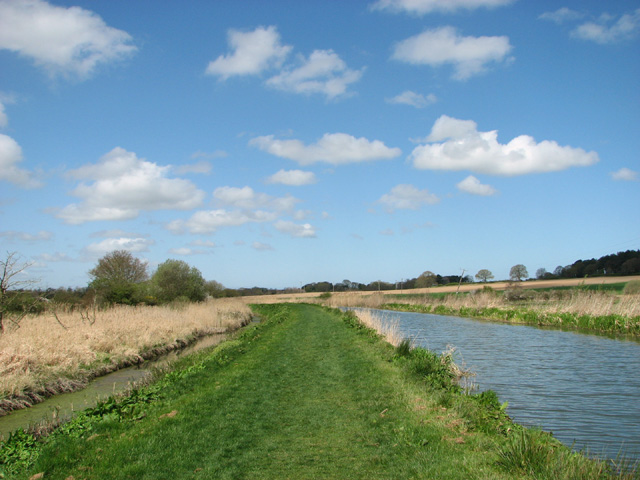
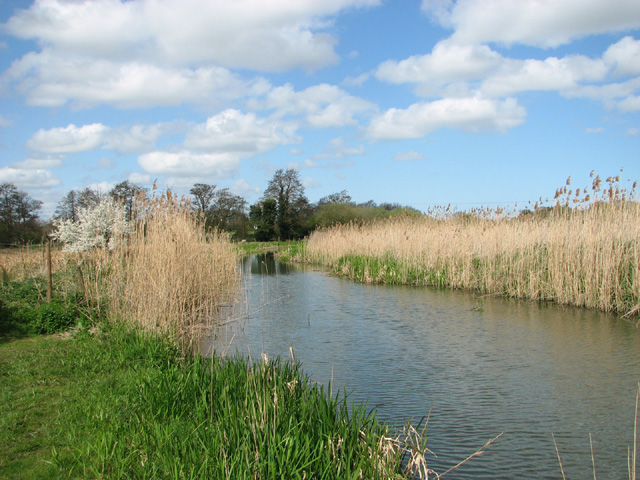
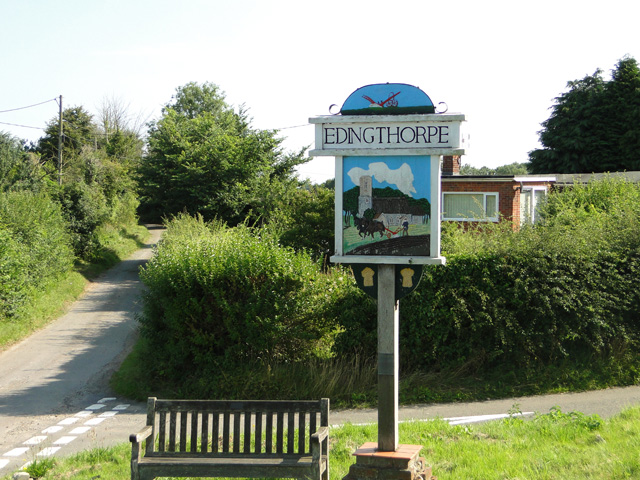
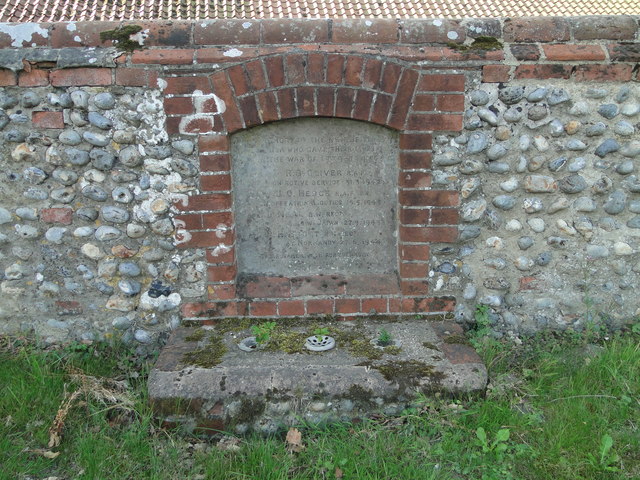
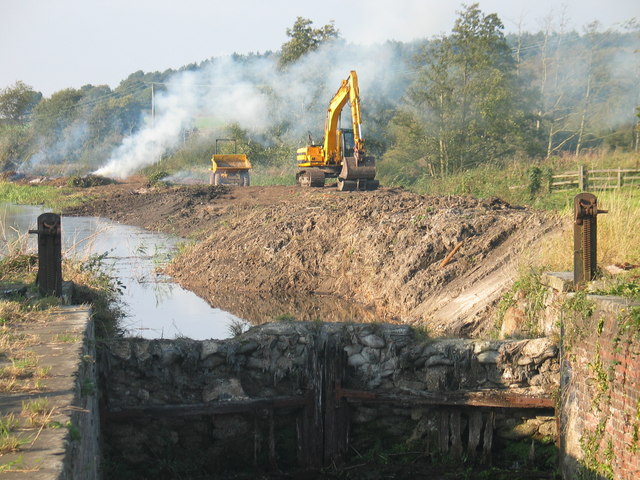
Alder Carr is located at Grid Ref: TG2930 (Lat: 52.826646, Lng: 1.4079014)
Administrative County: Norfolk
District: North Norfolk
Police Authority: Norfolk
What 3 Words
///rankings.vibes.mows. Near North Walsham, Norfolk
Nearby Locations
Related Wikis
Nearby Amenities
Located within 500m of 52.826646,1.4079014Have you been to Alder Carr?
Leave your review of Alder Carr below (or comments, questions and feedback).
